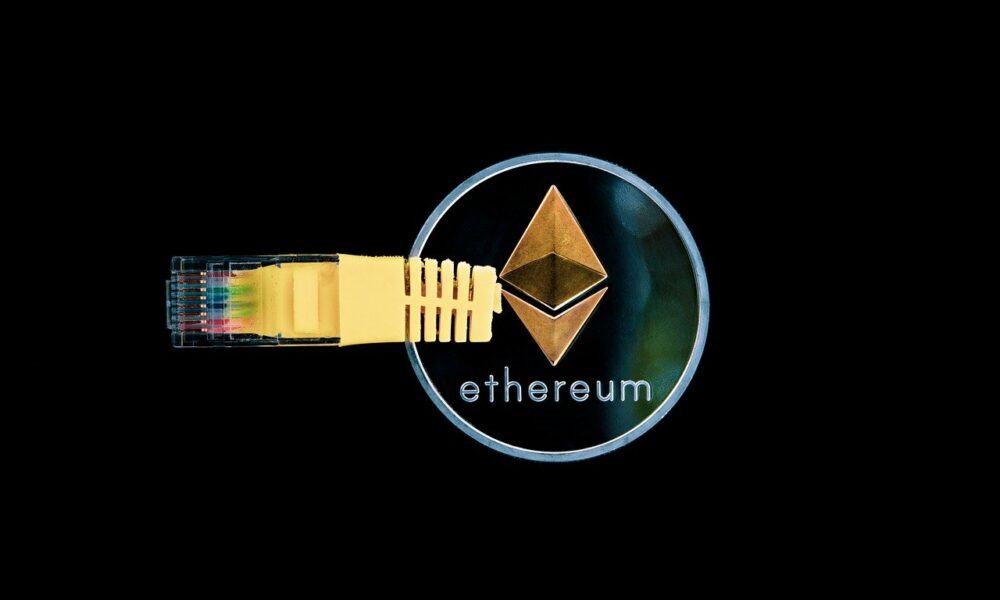
The surge in gas fees on the Ethereum network was a highlight throughout the crypto journey last year. It was undeniably a turning point for many. Yet this has also underscored a growth in the user base, while also giving the ecosystem space to grow, thanks to the rise of several promising new Layer 1 blockchain networks like Solana and Avalanche.
Regardless of this, Ethereum has already set a plan in motion to turn itself into a deflationary network, aimed at solving much of its troubles. This was done through the introduction of the Beacon chain last year to allow for Ether staking, along with enacting the EIP-1559 which ushered a burning mechanism into the system.
But is it too late for Ethereum to face new-age blockchains or does its monetary policy differ from those adopted by competing L1s?
Ethereum’s monetary policy has been designed in a way that “allows it to be sustainable while also driving value back to ETH holders,” noted the network’s proponent Anthony Sassano in a recent podcast. This would be done by minimizing the amount of value that is wasted on the network, by cutting down the miner’s fees, whom Sassano believes are currently being overpaid.
The ETH emission rate is also expected to drop once the transition to ETH 2.0 is complete, along with an increase in the amount of combustion. The combination of these could result in a deflationary effect on the total amount of the network, ensuring that holders and investors get better returns on their investments, according to Sassano, who added,
“Even with constant perpetual issuance with no hard cap, you still have a net deflationary ether and you still have a secure network because the validators aren’t reliant on fees.”
This would contrast with Bitcoin miners whose block reward declines after each halving, and who struggle to mine new blocks due to the low rate of transactions on the BTC network compared to Ethereum, Sassano said.
“The only thing you can do on the bitcoin network is transact BTC, there’s not that much demand to do that… Whereas on Ethereum layer one you have a million reasons to transact on the network and that is reflected in the amount of fee revenue.”
Validators aren’t the only ones benefiting from the switch from Ethereum to PoS, as biters themselves are expected to experience higher returns on their ETH. It’s also bullish for the network according to DeFi trader Cyrus Younessi. In the same podcast, he noted,
“When an asset all of a sudden starts yielding an additional 20%, that definitely gets into motion a pseudo-carry trade right where people will borrow or invest from other capital assets and inflow it into ETH to earn the yield.”
The Kintsugi public test network was spear by Ethereum last week, and it’s one of the last to be released ahead of the network’s full transition. It is supposed to replicate the ecosystem after the merger, allowing users to test its many DeFi tools and other technical aspects.


















